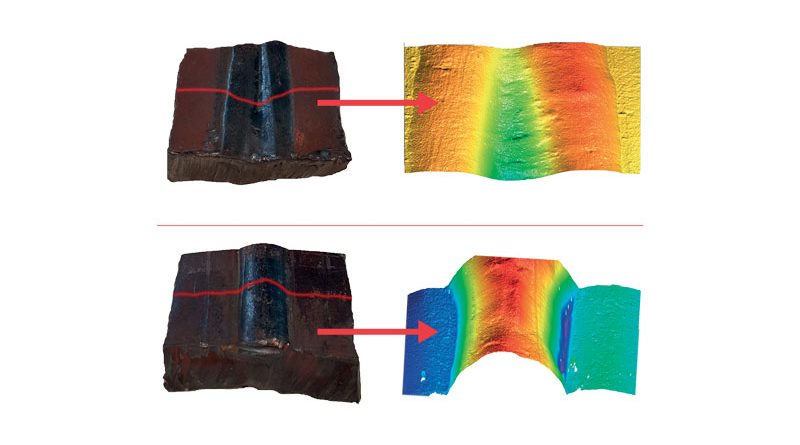We Recommend the Best Vision System for the Customer’s Needs
Since 1999, Imagina has been designing, developing and producing vision solutions for the industrial world, with a high level of customization that follows the specific needs of each customer. The company offers solutions that can be defined more traditional, and vision systems equipped with artificial intelligence: depending on the application, Imagina will suggest the best and most appropriate solution.
Imagina, thanks to its engineers, develops and installs optical inspection solutions which are typically demanded to vision systems: measure, defect checking and classification. Imagina is especially focused on medium high complexity projects where is not possible to find a ready solution on the consumer or industrial market. Great attention is paid in the project phase about the choices that lead to the definition of the hardware and software architecture. The use of the artificial intelligence has made now possible to solve problems which could not be solved with the traditional approach.
“Actually, the use of neural has had a disruptive cultural mindset respect to the past. – said Andrea Varisco, engineer in Imagina – This is mainly because, the problem solution is not achieved by a specific developed program, but it is the problem with all its representations that allows to set a net that becomes itself the solution of the problem. As far, the supervised nets are the type that are more effective in industrial environments”. This kind of net is trained in the training phase which is done by giving to the it the input (typically already classified images by human) and let the net is configured in a way that its behaviour would be the same like a human operator would be. It is right this training phase, which occurs automatically, that has many analogies with what happens to human brain when it has to learn recognizing new objects that is has never seen before. The most natural scope of AI is the image classification where the information inside the image can randomly change during the acquisition phase. The traditional vison approach is stiff and analytic, it can be very accurate and it can have a math working on a very specific part of an image. Moreover, it can give some information about a very specific pixel and sometime even about the fraction of a singular pixel position. Though this interesting behaviour of the traditional approach is strongly affected by the acquisition process. The AI vision approach is very flexible and its math regards to the whole image or to the most part of it. Usually it needs a relevant number of pixels to be activated in an effective way. The acquisition process is less important and does not affect the result as strong as it does with the traditional approach.

Traditional approach versus AI approach?
It can be said that when the goal is to measure quantities the traditional approach is the right tool for doing it. When it is needed to classify objects in the image the AI approach offers better chance to do it successfully. Finally, the are some applications where both the approaches can be effectively used, they are usually localization task which require the find the position of an object in the image. In the 2D/3D measure of length, area and volume, brightness, speed and position, traditional algorithms give very analytic results, while the AI cannot be used. Regarding the 2D/3D localisation of objects, position, rotation and completeness analysis, both Artificial Intelligence and traditional algorithms can give good results, through different techniques: in first case, localisation is possible using sliding windows or clustering method; in the second one, using grey scale correlation analysis or geometrical feature matching. Eventually, in the case of classification of different kind of object acquired with different devices and with different resolution, AI is the best choice: indeed, classification is possible without a severe control of the acquisition process. On the other hand, traditional algorithms, although they are able to make classification with a morphological method, show severe constrains about the acquisition process.
Fast integration into the production system and historical data analysis capacity
It can be said that the booming success the AI technologies is having is due to these factors: availability of low-cost hardware which can implement the net training phase; the availability of open source libraries that can be used for building the nets; the good usability of those libraries thanks to the availability of high-level language such as Python. Here are some practical examples. A vision system, thanks to 3D scanning, is able to verify that there are no protruding residues or production errors. An example of a localization application is, instead, the verification of the correct assembly and the presence of a mechanical seeger. Eventually, the OCR systems made are able to read marking with character that received sever damages.
The reported applications with traditional approach have been developed using commercial software libraries while opens source libraries have been used to develop the AI application. It is still true that some features like a good integration with the productivity system plant and the ability to produce and store historical data remain key points with great added value even if they are not strictly related to the vision system and to the way it has been implanted. n

